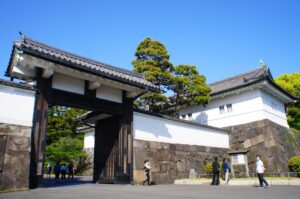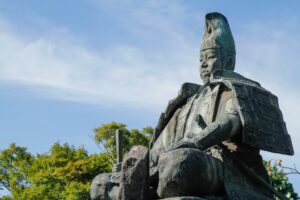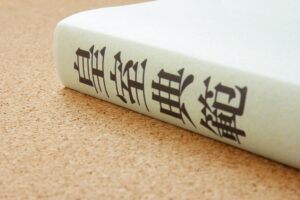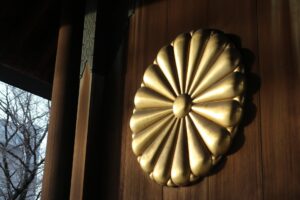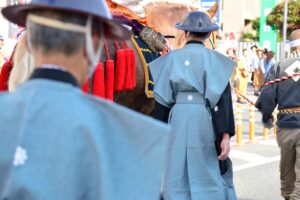The Battle of Sekigahara, fought on October 21, 1600, was the decisive conflict that ended over a century of civil war in Japan. Often dubbed “Japan’s most important battle,” it established Tokugawa Ieyasu as the country’s undisputed leader and laid the foundation for more than 250 years of Tokugawa shogunate rule. In this article, we explore the background, key players, battle tactics, turning points, and the political aftermath that changed Japan forever.
Historical Background of the Battle of Sekigahara
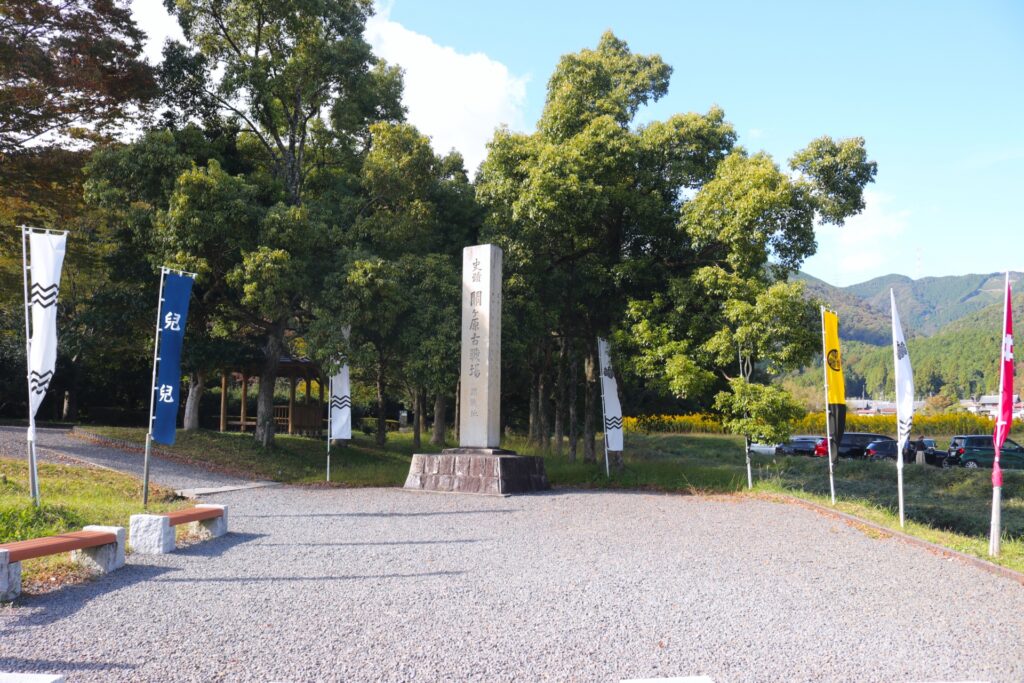
The Battle of Sekigahara was the culmination of decades of strife during Japan’s Sengoku period, an era of near-constant military conflict among feudal lords. Toyotomi Hideyoshi, a brilliant military strategist, had successfully unified most of Japan by the late 1500s. However, his death in 1598 left a power vacuum that destabilized the tenuous peace. His heir, Toyotomi Hideyori, was still a child, leaving governance to a regency council. As factions formed around Tokugawa Ieyasu and Ishida Mitsunari, tensions mounted.
Two opposing coalitions emerged: the Eastern Army, led by Tokugawa Ieyasu, and the Western Army, led by Ishida Mitsunari. The conflict was not merely a personal rivalry but a struggle over who would control Japan in the power void left by Hideyoshi. This division set the stage for one of the most decisive battles in Japanese history, fought in the fog-laden fields of Sekigahara on October 21, 1600.

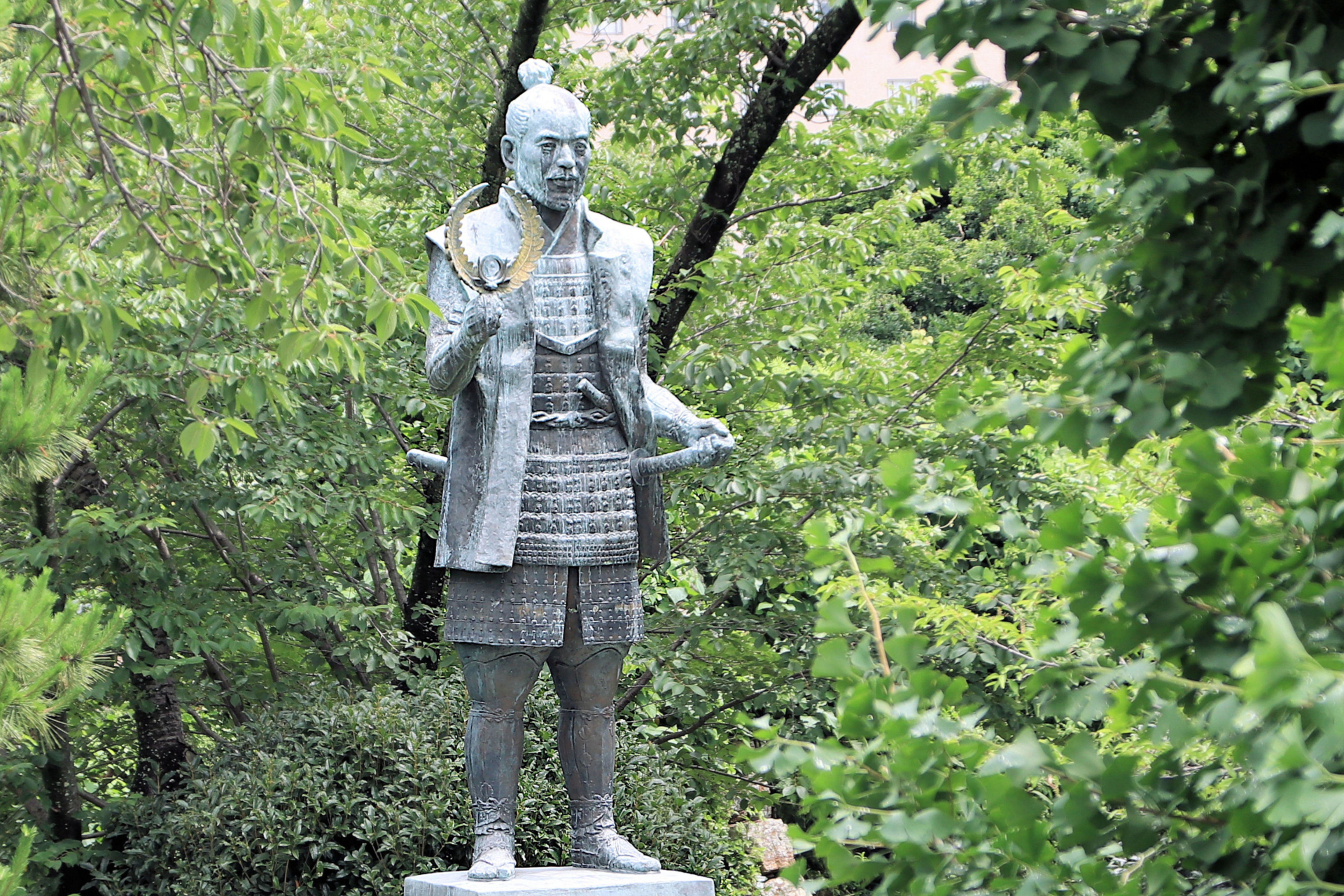
The Role of the Five Elders and Five Commissioners
Toyotomi Hideyoshi, aware of the fragility of his young son’s position, established two councils to stabilize governance: the Council of Five Elders (Go-Tairō) and the Council of Five Commissioners (Go-Bugyō). These councils were intended to function collectively in guiding the country until Hideyori came of age.
The Five Elders were powerful daimyo who held sway over vast regions:
| Council | Member | Responsibility |
| Five Elders | Tokugawa Ieyasu | Military leadership, governance |
| Five Elders | Maeda Toshiie | Supporter of Hideyori |
| Five Elders | Mʼnri Terumoto | Nominal Western Army commander |
| Five Elders | Uesugi Kagekatsu | Controlled northern provinces |
| Five Elders | Ukita Hideie | Loyal to Hideyori |
The Five Commissioners handled civil administration:
| Council | Member | Responsibility |
| Five Commissioners | Ishida Mitsunari | Chief administrator, policy implementation |
| Five Commissioners | Asano Nagamasa | Infrastructure and defense |
| Five Commissioners | Mashita Nagamori | Financial affairs |
| Five Commissioners | Natsuka Masaie | Taxation and census |
| Five Commissioners | Maeda Gen’i | Religious oversight |
While the councils were designed to balance power, Tokugawa Ieyasu’s growing autonomy and Ishida Mitsunari’s mistrust of him fractured the alliance, leading inevitably to conflict.
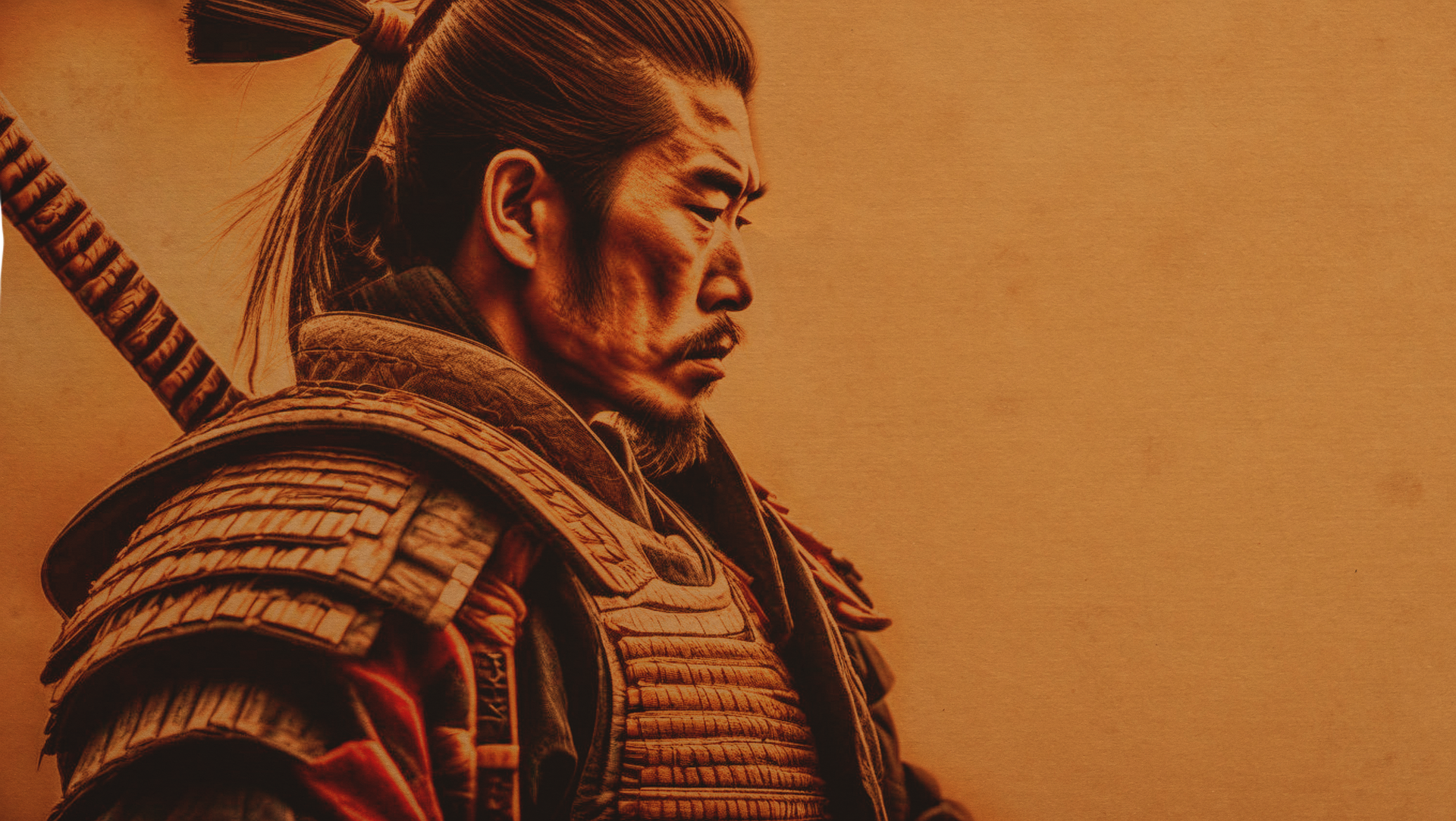
Key Figures: Allies and Rivals
- Tokugawa Ieyasu: A shrewd strategist and veteran of many battles, he aimed to secure a stable and hereditary rule for his family. His Eastern Army included powerful daimyo like Ii Naomasa and Honda Tadakatsu.
- Ishida Mitsunari: A bureaucrat rather than a warrior, Mitsunari was fiercely loyal to the Toyotomi legacy. Despite lacking charisma, he assembled a coalition of loyalists including Ōtani Yoshitsugu, Ukita Hideie, and Konishi Yukinaga.
- Kobayakawa Hideaki: Initially aligned with the Western Army, his shifting loyalty proved decisive.
- Shimazu Yoshihiro: A fierce and independent Western commander whose troops resisted until the end.
The Betrayal of Kobayakawa Hideaki
Kobayakawa Hideaki’s betrayal is often seen as the fulcrum of the battle. Placed atop Mount Matsuo, his forces waited indecisively as the battle raged below. Rumored to harbor resentment toward Mitsunari and influenced by secret correspondence with Ieyasu, Hideaki finally ordered his troops to attack the Western Army’s flank. This action, whether out of ambition, fear, or manipulation, broke the Western Army’s cohesion and precipitated a swift Eastern victory.
The Course of the Battle: Tactics and Timeline

The battle began in the early morning mist of October 21, 1600. Below is a timeline highlighting the key phases of the engagement:
06:00 – Armies begin positioning; fog blankets the battlefield
08:00 – Initial skirmishes begin between Eastern and Western vanguards
10:00 – Full-scale battle ensues; terrain limits cavalry movement
12:00 – Kobayakawa Hideaki defects, triggering mass confusion in Western ranks
13:00 – Eastern Army pushes through, Western lines collapse
14:00 – Major Western leaders either retreat or are captured
15:00 – Tokugawa Ieyasu declares victory
Duration of the Battle: How Long Did It Last?
Though legendary in scale, the Battle of Sekigahara lasted only about 6 to 7 hours. Beginning at dawn, the critical moments occurred around noon with Hideaki’s betrayal. By early afternoon, Tokugawa’s victory was assured. This short yet decisive timeframe underscores the fragility of wartime alliances and the power of psychological and tactical warfare.
Aftermath and Political Consequences
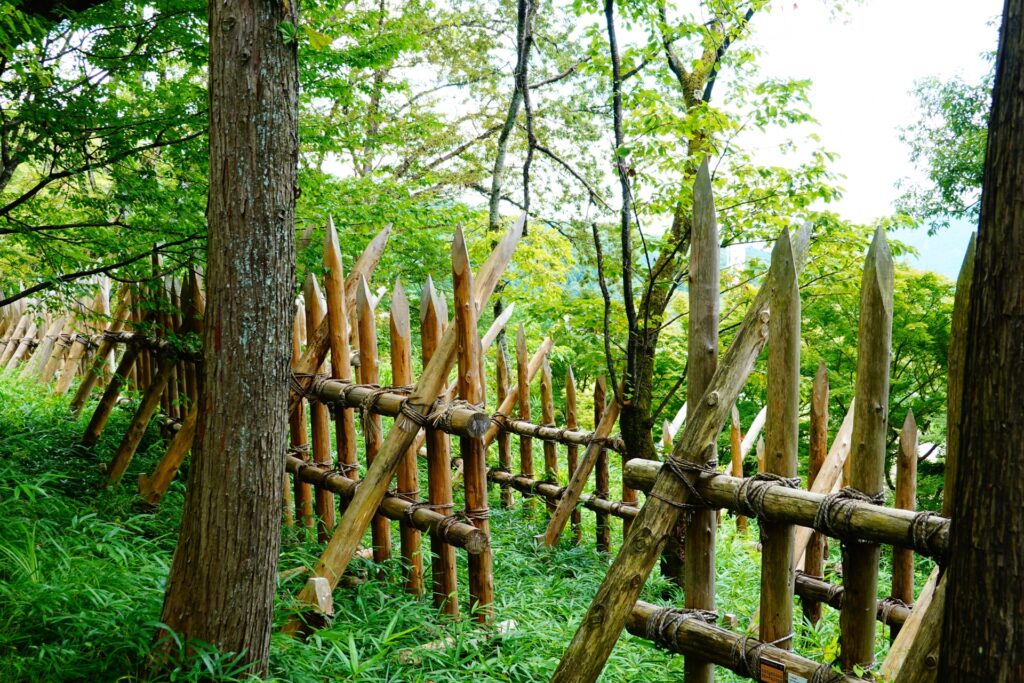
The Western Army collapsed. Key figures like Ishida Mitsunari and Konishi Yukinaga were executed, while Ōtani Yoshitsugu took his own life. Tokugawa Ieyasu, now uncontested, restructured Japan’s feudal order. He redistributed land to loyalists, punished defectors, and centralized power. By 1603, he was named shogun, marking the beginning of the Tokugawa shogunate and over 250 years of relative peace.
Notable Deaths on the Battlefield
- Ōtani Yoshitsugu: A leper and fierce general, he fought bravely but was overwhelmed by Hideaki’s betrayal.
- Konishi Yukinaga: A Christian daimyo and Western commander, captured and executed.
- Ishida Mitsunari: Captured while fleeing, executed as the face of Western resistance.
Their deaths removed any serious opposition to Ieyasu and sent a strong message to other daimyo.
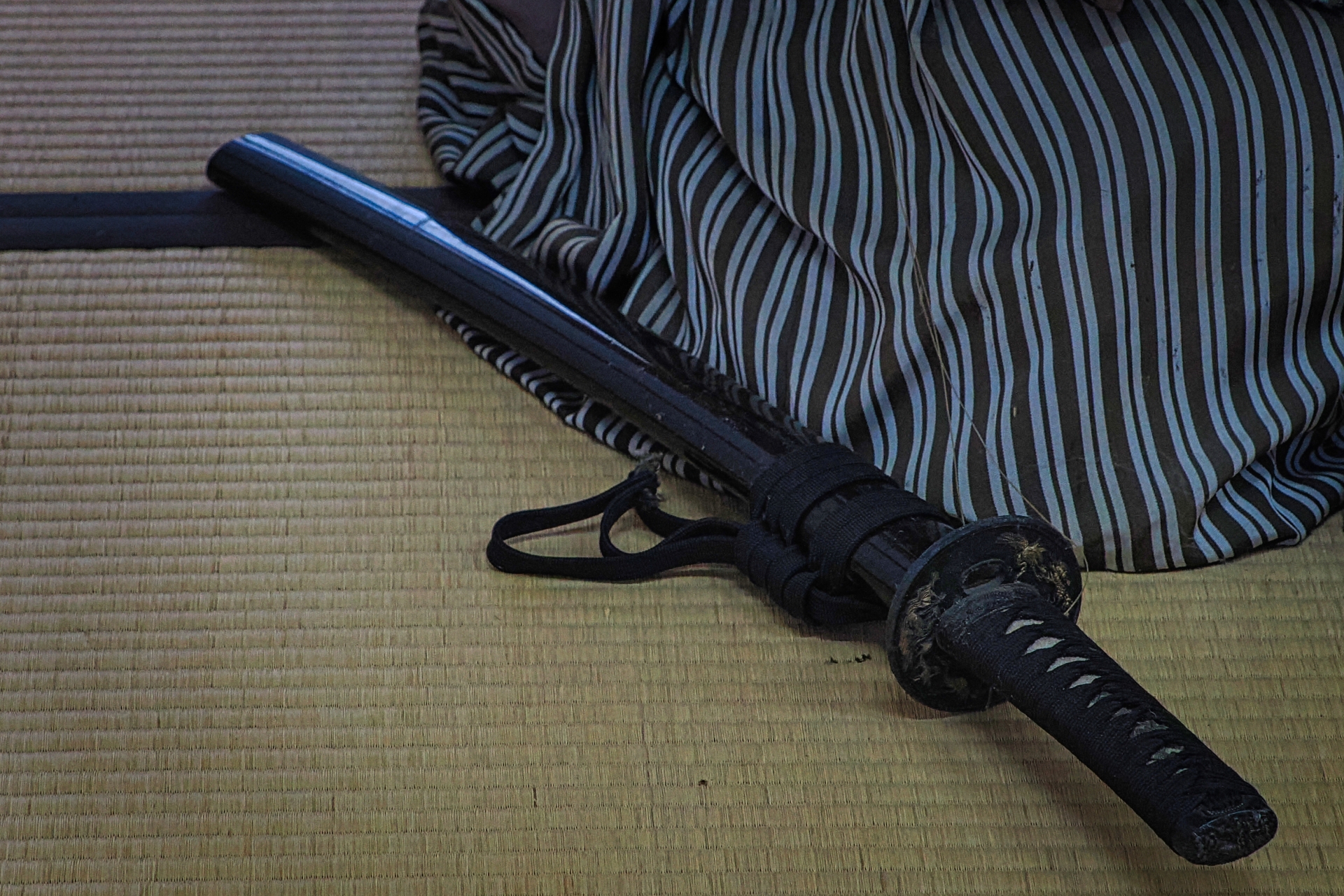
Realignment of the Daimyo System
Post-battle, Ieyasu initiated a major political reshuffle:
- Confiscated lands from 80+ Western-aligned daimyo
- Rewarded Eastern supporters with strategic domains
- Placed Tokugawa loyalists in regions surrounding Kyoto and Osaka
This feudal realignment ensured no future coalition could rival Tokugawa power.
Legacy and Cultural Impact of Sekigahara
Sekigahara has left an indelible mark on Japanese culture. It is dramatized in kabuki plays, novels, films, and video games. The phrase “Sekigahara” has become shorthand for a decisive, fate-defining battle. Historically, the victory legitimized a centralized shogunate that ushered in Edo-era policies of isolation, order, and cultural growth.
Visiting the Sekigahara Battlefield Today
Modern-day Sekigahara is located in Gifu Prefecture, central Japan, and is accessible by train via the JR Tōkaidō Main Line (Sekigahara Station). The town is nestled in a rural valley surrounded by low mountains, providing a scenic and historically rich setting. It is a serene countryside dotted with historical markers and museums. A typical one-day itinerary might include:
- Sekigahara Battlefield Memorial Museum
- Mount Matsuo (Kobayakawa’s position)
- Western Army HQ marker (Ishida’s base)
- Tokugawa victory monument
📍 Travel Guide Table:
| Site | Access | Hours | Admission |
| Battlefield Museum | 15-min walk from Sekigahara Station | 9:30am–5:00pm | ¥500 |
| Mount Matsuo | 30-min hike | Open all day | Free |
| War Memorial | 10-min walk | Open all day | Free |
What If? Alternate History Scenarios
What if Ishida Mitsunari had won? The Tokugawa shogunate would never have existed. Japan might have remained fragmented or seen a revival of the Toyotomi clan. Western influence, including Christianity, could have taken a firmer hold. Samurai culture might have evolved along more progressive lines, and the sakoku isolationist policy might never have been enacted. This speculation underscores the gravity of Sekigahara’s outcome.
Conclusion: Why Sekigahara Still Matters Today
The Battle of Sekigahara wasn’t just a military clash—it was a turning point in Japanese civilization. It solidified Tokugawa Ieyasu’s dominance and ushered in more than two centuries of peace, cultural development, and political stability. The battle’s legacy is felt in everything from Japan’s feudal laws to its art and literature. Ultimately, Sekigahara teaches us how a single day and a handful of critical decisions can alter the trajectory of a nation’s history.





